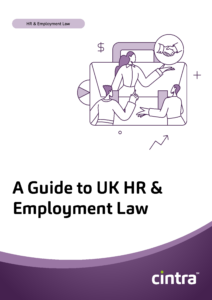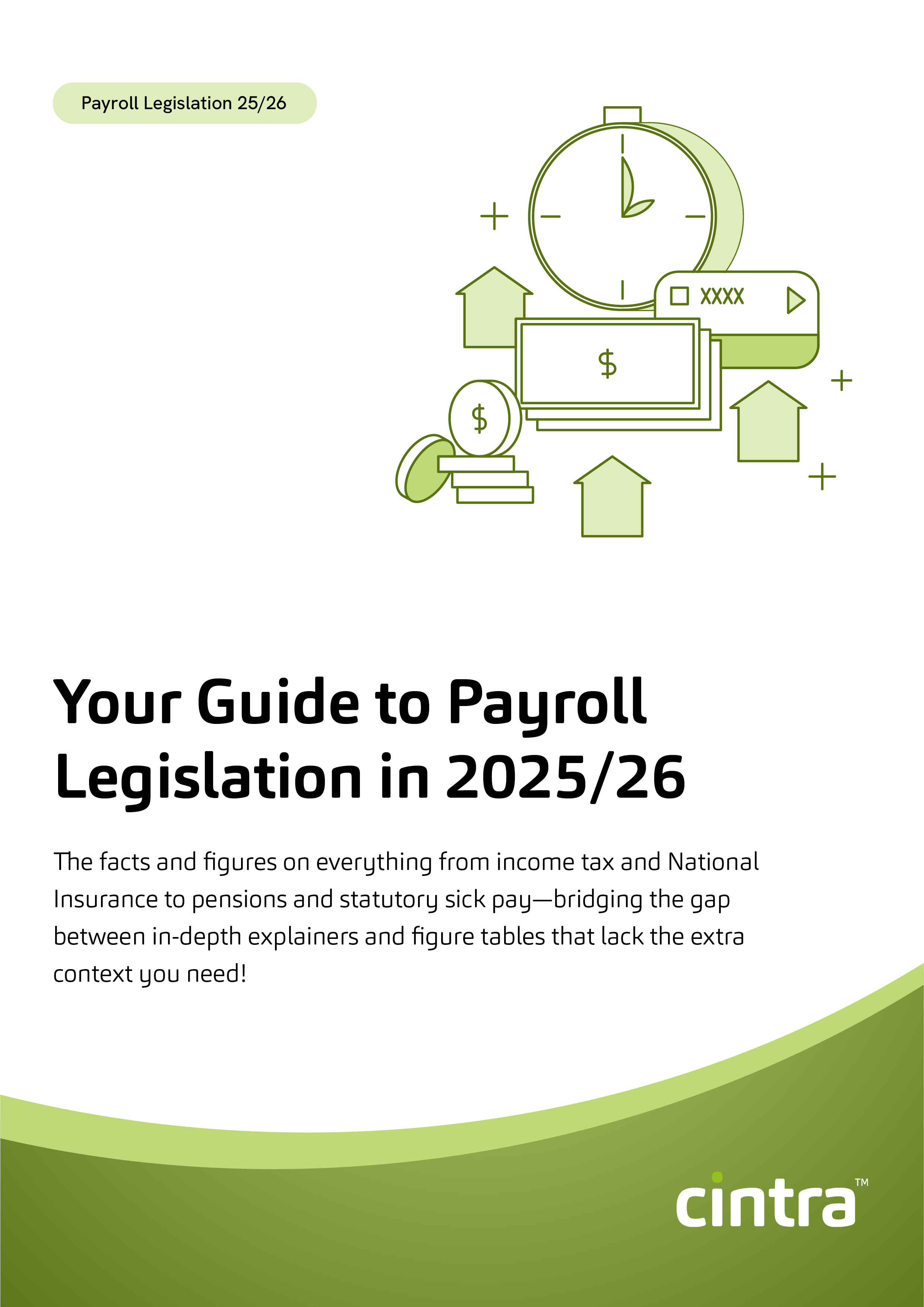In case you didn’t already know, since the 6th of April 2024, the Flexible Working Bill has given UK employees more rights when it comes to flexible working. To take things one step further, the UK government have proposed that businesses consider a move to a four-day work week, with employees working compressed hours.
This approach would see employees completing their usual 32–40 hours over four days instead of the traditional five. Alternatively, some businesses may choose to reduce the working week to four days without increasing daily hours—offering employees a shorter overall workweek.
Naturally, this raises questions: would my business be able to maintain productivity levels? Is there a risk that compressing work into four days will increase work-related stress?
“Companies aren’t losing out on their bottom line, and they have happier, healthier and better workers.” – Alex Soojung-Kim Pang, ideas.ted.com
One glowing review is all well and good. But to help you decide whether a four-day work week is right for you we’ll look at: the 3 different models to choose from, their key benefits, and the questions you should ask yourself before implementing a 4-day work week.
What does a four-day work week look like in practice?
There’s no “one-size-fits-all” approach to a 4-day work week.
Since 2022, different trials have been taking place using a variety of models to find out when it works, and more importantly when it doesn’t.
Let’s look at the different four-day work week models:
The 100-80-100 model
Employees receive 100% of their pay, work 80% of their contracted hours per week but maintain 100% productivity.
This model works best in environments where productivity is easily measured. For example:
- A caseworker processes 50 applications per week, regardless of working four or five days.
- A mechanic services 30 cars per week, maintaining the same output over fewer hours.
By focusing on efficiency and eliminating unnecessary tasks, businesses adopting this model often see no drop in productivity—and in some cases, even experience improvements.
Compressed hours
Another model is to work the same hours per week but compress these into 4 days. In other words– the same hours, the same pay but over 4 days not 5.
Some businesses offer flexibility in start and end times, allowing employees to choose when they begin and finish their shifts—provided they meet their weekly contracted hours.
However, organisations in the UK must monitor this closely to comply with Working Time Regulations, and make sure employees receive adequate breaks and time off between shifts.
4-day rotational shifts
For businesses that need to operate across a full working week, a 4-day rotational shift may be the best option. This means:
- Different employees take different days off (whilst meeting their weekly contracted hours).
- The organisation remains open five (or even seven) days a week.
- The workload is balanced across the team.
This approach can work well in customer-facing environments—where full coverage is essential.
Get the latest HR updates, straight to your inbox
Get the latest HR insights and best practice guides, direct to your inbox.
Is a four-day work week right for you?
While the idea of a 4-day work week is appealing, not every work environment is suited to this model.
One of the biggest challenges is scheduling work and managing customer expectations. However, for businesses providing personal services, such as hairdressing, a 4-day schedule could be an advantage. If staff are rostered to cover all days but work longer shifts, customers may benefit from extended opening hours—making it easier to book appointments outside their own working hours.
Here are some of the most significant benefits of adopting a four-day work week:
- Less absence: employees take fewer sick days or time off to attend personal appointments.
- Higher levels of energy and performance when at work.
- Increased productivity: a shorter week creates a sense of urgency leading to greater efficiency.
- A focus on what’s important rather than “filling in time” (i.e. shorter more effective meetings, reduction in duplication of effort and more streamlined processes).
- Happier employees who embrace the flexibility to spend more time with children, partners or pursuing their own interests.
What you need to ask yourself before trialling a four-day work week
Before you even consider a four-day work week, ask yourself these questions:
- How will you be able to measure productivity and effectiveness?
- What model would best suit your business?
- What would the impact be on your customers?
- Can you adopt this for all employees, or will it be for specific departments?
And when it comes to implementing a four-day work week.
- Think about how long the trial should last—it needs to be long enough for a proper evaluation and should factor in both busy and quiet periods (we recommend 3 to 6 months for a trial period).
- Set clear milestones to check progress throughout the trial.
- Decide on the key metrics you’ll use to measure success, such as productivity levels, revenue impact, and employee feedback.
- Make sure everyone understands what benchmarks will determine whether the trial is a success, or not, before it even begins.
- If the trial goes well but things change down the line, have a policy in place that allows a return to the traditional work pattern if performance starts to decline.
We act as an extension of your team—at a fraction of the in-house cost
At Cintra, we provide HR outsourcing that’s simple, stress-free, and fully compliant.
Whether you’re adapting to legislative changes, rolling out new HR policies, or transitioning to a four-day work week, our expert team is here to support you every step of the way.
Let’s make HR work for you! Book a demo with one of our expert HR outsourcing consultants today.

HR & Employment Law Guide
Grab your accessible summary of guidance and insights about where HR practices meet employment law.
Download your buyers guide


